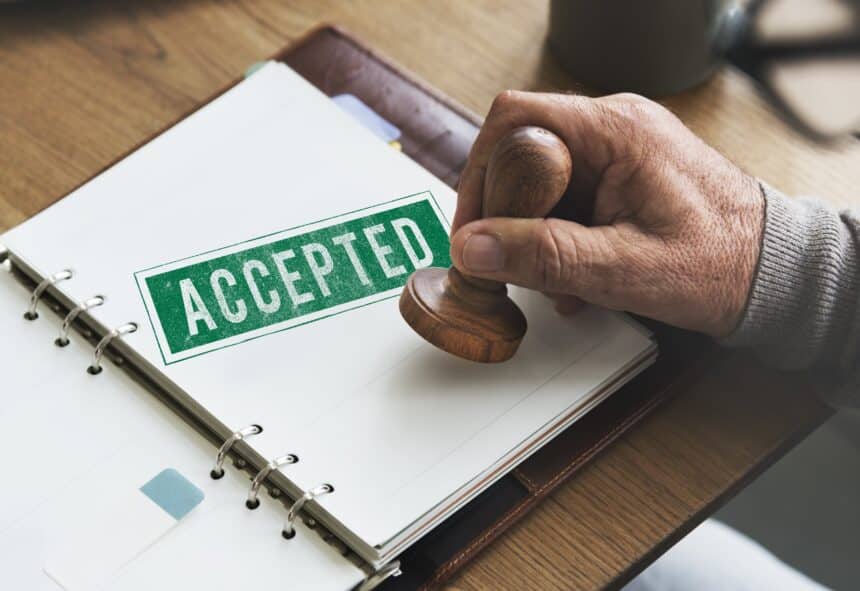Introduction
Running a business is a dream for many. But with that dream comes responsibility, and responsibility always carries risk. One overlooked but critical concept is the licensee liability rating. This rating plays a big role in how businesses are judged, insured, and even trusted by partners.
It is not just a number on paper. It reflects how well a company manages its legal obligations and risks. For entrepreneurs, ignoring it can lead to expensive consequences. For investors, it can signal whether a business is worth trusting. For insurers, it can decide the cost of coverage.
This article dives into what licensee liability rating means, how it works, why it matters, and how you can improve it.
What Is Licensee Liability Rating?
At its core, a licensee liability rating measures the financial and legal responsibility of a licensed individual or business. It is like a scorecard that evaluates how likely a license holder is to meet obligations and avoid liability issues.
It is used in many industries:
- Alcohol and beverage licensing
- Healthcare licensing
- Construction and contractor licensing
- Financial services and real estate
In each case, the rating shows how responsibly the licensee acts. A high rating means lower risk—a low rating signals potential problems.
Historical Context of Liability Ratings
The idea of rating liability is not new. For centuries, societies have looked for ways to measure trust. In medieval times, merchants relied on reputation. In the modern era, insurers and regulators needed something more measurable.
Liability ratings emerged as a way to protect both businesses and the public. They became part of compliance systems and financial oversight. Today, technology makes it easier to analyze data, making liability ratings more precise than ever before.
Why Licensee Liability Rating Matters
Many business owners ignore liability ratings until it is too late. But this rating impacts real outcomes every day.
- Insurance Premiums: Companies with lower ratings may face higher insurance costs.
- Partnerships: Investors and partners prefer businesses with strong ratings.
- Licensing Renewal: Regulators may hesitate to renew licenses for poor ratings.
- Public Trust: Customers feel safer with businesses that show accountability.
In short, your liability rating is like a silent business partner. It can either open doors or quietly close them.
The Factors That Shape the Rating
Several elements influence licensee liability rating. No two industries are identical, but some common factors apply almost everywhere.
1. Compliance Record
How well does the licensee follow regulations? Violations, penalties, or warnings can lower the rating.
2. Financial Stability
Businesses with strong financial health appear less risky—debt issues, bankruptcy, or unpaid obligations lower trust.
3. Insurance History
Claims against liability insurance policies directly affect ratings. A history of lawsuits or payouts reduces confidence.
4. Safety Practices
For industries like construction or healthcare, safety records are vital. Accidents and negligence weigh heavily.
5. Reputation
Customer complaints, negative media coverage, or community issues also play a role.
Together, these factors create a complete picture of a licensee’s risk level.
Real-Life Example of Impact
Consider a construction firm bidding for a city contract. Two firms submit proposals. One has a strong liability rating, showing financial strength and safety compliance. The other has several unresolved insurance claims.
The city will almost always pick the first firm. Why? Because the liability rating reduces uncertainty. It is not just paperwork; it is trust in action.
Emotional Triggers: The Hidden Cost of Neglect
Imagine working for years to build your business. Then one accident happens. Without a strong liability rating, your insurance costs triple, your license renewal is delayed, and your biggest client pulls away.
This nightmare is real for many. A low rating does not just mean higher costs. It means lost opportunities. It means sleepless nights worrying about the next inspection or audit. It means wondering if the dream of entrepreneurship is slipping away.
On the other hand, improving your rating feels like security. It gives peace of mind. It makes you proud to show partners and clients that you take responsibility seriously.
How to Improve Your Licensee Liability Rating
The good news is, ratings can be improved. It takes commitment, but it is worth it.
- Stay Compliant: Follow all regulations carefully. Keep your license documents updated.
- Build Financial Strength: Maintain clean records, pay debts, and show stability.
- Reduce Insurance Claims: Invest in safety training and risk management.
- Monitor Reputation: Respond to complaints, improve service, and protect your public image.
- Work With Experts: Accountants, legal advisors, and risk managers can guide you.
Improvement is not overnight, but each step builds credibility.
Industry-Specific Perspectives
Healthcare
Hospitals, clinics, and doctors rely heavily on liability ratings. Malpractice claims can damage ratings quickly. Patients and insurers both look closely at these scores.
Construction
Safety is everything in construction. One accident can affect both insurance costs and licensing renewals. A high liability rating makes bidding for projects easier.
Alcohol and Food Service
Bars, restaurants, and distributors must maintain clean records. Violations like serving underage customers or unsafe food practices crush ratings.
Financial Services
Banks and real estate firms operate in trust-heavy environments. A liability rating reflects honesty, reliability, and responsibility.
The Role of Technology in Ratings
Modern ratings use data-driven tools. AI and analytics pull information from:
- Licensing databases
- Insurance records
- Court filings
- Financial documents
This means ratings are more accurate but also harder to manipulate. Businesses must focus on true responsibility, not shortcuts.
Storytelling: The Turnaround Case
Take the story of a small healthcare clinic. For years, it struggled with complaints and financial issues. Its liability rating fell so low that insurers nearly canceled coverage.
The owners decided to act. They invested in staff training, upgraded safety protocols, and hired a compliance officer. Within two years, their rating improved. Insurance costs dropped. Patients returned. Investors gained confidence.
This shows that no matter how bad the rating, it can be turned around with effort.
Global and Future Trends
As businesses expand globally, liability ratings are becoming international. A company’s record in one country may follow it abroad.
Future trends may include:
- Greater transparency through blockchain.
- Real-time updates of ratings.
- More weight on environmental and social responsibility.
This means business owners must think long-term. Licensee liability rating is no longer just a formality. It is part of the global reputation.
Conclusion
Licensee liability rating is more than a technical term. It is a living reflection of how businesses handle responsibility. A strong rating opens doors. A weak rating builds walls.
For entrepreneurs, this rating is like a silent guardian. Nurture it, and it protects you. Neglect it, and it can bring your dream crashing down.
Take action now. Improve compliance, strengthen finances, protect your reputation, and build trust. Your future depends on it.
Frequently Asked Questions
What is a licensee liability rating?
It is a score or measure of how responsibly a licensed business or individual handles financial, legal, and safety obligations.
Who uses liability ratings?
Insurers, regulators, partners, and investors all use ratings to judge risk and trustworthiness.
Can a liability rating be improved?
Yes. With better compliance, safety, financial stability, and reputation management, ratings can rise over time.
Does every industry use liability ratings?
Not every industry, but many regulated fields—like healthcare, construction, and financial services—rely heavily on them.
What happens if my rating is low?
You may face higher insurance costs, delayed license renewals, lost partnerships, and reduced trust from clients.







